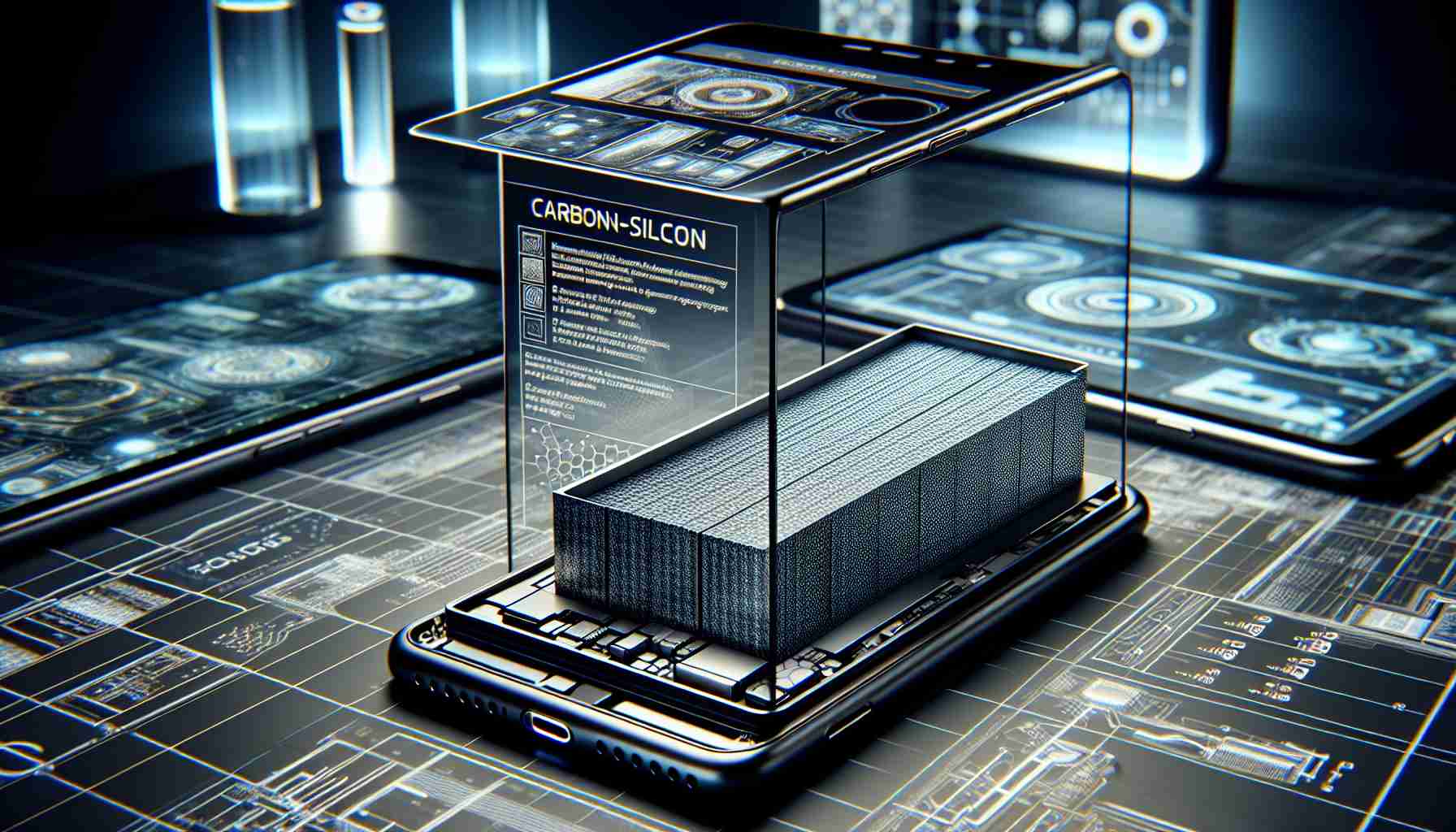Smartphone innovation is heading towards a new era with the emergence of carbon-silicon batteries. Unlike traditional lithium-ion units, these cutting-edge batteries offer higher capacity while maintaining the same dimensions. A prime example of this transformative technology is evident in the latest release from OnePlus, the Ace 3 Pro, boasting an impressive 6100 mAh capacity.
Although specific details regarding the battery composition have not been officially disclosed, industry insiders suggest that the integration of carbon-silicon cells is imminent. This significant shift not only promises enhanced battery life for smartphones but also signifies a pivotal moment in the evolution of portable devices.
The utilization of carbon-silicon batteries heralds a new chapter in energy storage solutions, setting a precedent for future advancements in the tech industry. The efficiency and capacity provided by these innovative batteries have the potential to redefine the capabilities of smartphones, ensuring prolonged usage and improved performance.
As consumers anticipate the arrival of smartphones equipped with carbon-silicon batteries, it is clear that this technological breakthrough will shape the landscape of mobile devices, paving the way for a more sustainable and efficient future.
The Future of Smartphone Batteries: Unveiling Cutting-Edge Carbon-Silicon Technology
In the realm of smartphone innovation, the advent of carbon-silicon batteries represents a pivotal leap towards enhancing energy storage capabilities. While the OnePlus Ace 3 Pro has already showcased the potential of this technology with its remarkable 6100 mAh capacity, there are intriguing details and questions surrounding the broader implications of carbon-silicon batteries that merit exploration.
Key Questions:
1. What makes carbon-silicon batteries superior to traditional lithium-ion batteries?
Carbon-silicon batteries offer a higher energy density compared to lithium-ion counterparts, translating to increased capacity without compromising on size. This means smartphones can potentially have longer battery life without requiring larger physical dimensions.
2. What are the environmental implications of adopting carbon-silicon batteries?
While the efficiency gains of carbon-silicon batteries can lead to reduced energy consumption in the long run, the environmental impact of manufacturing and disposing of these advanced batteries remains a critical consideration. Balancing sustainability with technological progress is a key challenge in the adoption of new battery technologies.
3. How scalable is the production of carbon-silicon batteries for mass-market smartphones?
Scaling up production to meet the demands of the mass market is a significant hurdle for carbon-silicon battery technology. Ensuring cost-effectiveness and consistent quality on a large scale will be crucial for widespread adoption across the smartphone industry.
Advantages:
– Higher Capacity: Carbon-silicon batteries offer higher energy density, potentially leading to longer battery life for smartphones.
– Improved Performance: The advanced technology can enhance the overall performance of smartphones, including faster charging capabilities and longer usage times.
Disadvantages:
– Manufacturing Challenges: The complex production process of carbon-silicon batteries may result in higher manufacturing costs.
– Environmental Concerns: Proper disposal and recycling methods for these advanced batteries need to be developed to mitigate environmental impact.
As we witness the evolution of smartphone batteries with the integration of carbon-silicon technology, it is essential to address these critical questions, challenges, and considerations to ensure a seamless transition towards a more energy-efficient and sustainable future for mobile devices.
For further insights on battery technology and innovation in the tech industry, you can explore TechRadar.



















